Egypt More than 2,500-year-old baboon mummies have been discovered in the Valley of the Monkeys, far from their homeland, leaving experts baffled.
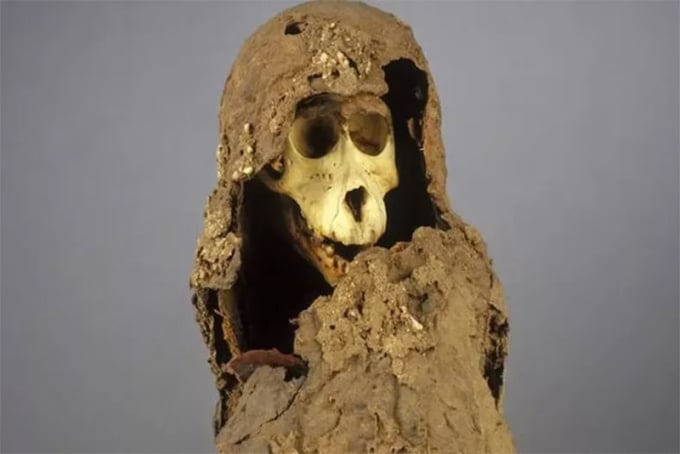
Baboon mummy (specimen 90001206) from Gabbanat el-Qurud, Egypt, held by the Musée des Confluences, France. Photo: Patrick Ageneau
In 1905, mummified baboons were discovered in Egypt, leaving scientists scratching their heads as to why they were so far from home. Now, more than 100 years later, experts have combined biology and history to solve the mystery, IFL Science reported on November 10.
The new study, published in the journal eLife , was conducted by Gisela Kopp from the University of Konstanz and colleagues. It also sheds new light on the historical trade routes and cultural significance of this group of primates in ancient Egypt.
The mummified monkeys date back to the late period of ancient Egypt, around 800–540 BC. They were found at Gabbanat el-Qurud, or the Valley of the Monkeys, and were missing their canine teeth. However, they are not native to Egypt. The hamadryas baboon ( Papio hamadryas ) is native to the Horn of Africa and the southwestern Arabian Peninsula.
The animals were sacred to the ancient Egyptians, who mummified them and offered them as offerings to Thoth, the god of learning and wisdom, who was represented by the hamadryas baboon. But how the baboon got to Egypt has been a mystery for more than a century.
In 2020, researchers traced their origins to the Horn of Africa. Now, Kopp’s team has pinpointed the location even more precisely. They’ve also successfully analyzed ancient DNA from mummified non-human primates for the first time.
Kopp’s new genetic analysis involved studying the mummies’ mitochondrial genomes and comparing them to living baboons. Extracting DNA from a museum specimen, Kopp narrowed down their homeland to a specific area around Eritrea—where the famous port of Adulis was likely located.
According to ancient records, Adulis was a place of luxury goods and animals. However, this does not explain why baboons were transported from their homeland to Egypt, since mummies existed long before the development of the port of Adulis. Another port called Punt, where Egypt imported goods until the first millennium BC, is often considered the origin of baboons. However, the exact location of this port remains a mystery.
"Egyptologists have long wondered about Punt. Some scholars see it as a site in an early global maritime trade network, the starting point for economic globalization. The specimen we studied coincides chronologically with the last voyages to Punt. However, geographically, the specimen fits Adulis, which was known as a site for the primate trade centuries later," said Kopp.
So Kopp and his colleagues argue that Punt and Adulis are essentially the same place, just called by different names at different times. “Once we put our biological findings into the historical context, the story really came together,” Kopp says.
Thu Thao (According to IFL Science )
Source link


![[Photo] Welcoming ceremony for Prime Minister of the Federal Democratic Republic of Ethiopia Abiy Ahmed Ali and his wife](https://vstatic.vietnam.vn/vietnam/resource/IMAGE/2025/4/15/77c08dcbe52c42e2ac01c322fe86e78b)
![[Photo] General Secretary To Lam meets with veteran revolutionary cadres, meritorious people, and exemplary policy families](https://vstatic.vietnam.vn/vietnam/resource/IMAGE/2025/4/15/7363ba75eb3c4a9e8241b65163176f63)

![[Photo] Air Force actively practices for the April 30th celebration](https://vstatic.vietnam.vn/vietnam/resource/IMAGE/2025/4/15/16fdec3e42734691954b853c00a7ce01)
![[Photo] Ho Chi Minh City after 50 years of national reunification through buildings and symbols](https://vstatic.vietnam.vn/vietnam/resource/IMAGE/2025/4/15/a224d0b8e489457f889bdb1eee7fa7b4)
![[Photo] National Assembly Chairman Tran Thanh Man attends the summary of the organization of the Conference of the Executive Committee of the Francophone Parliamentary Union](https://vstatic.vietnam.vn/vietnam/resource/IMAGE/2025/4/15/fe022fef73d0431ab6cfc1570af598ac)
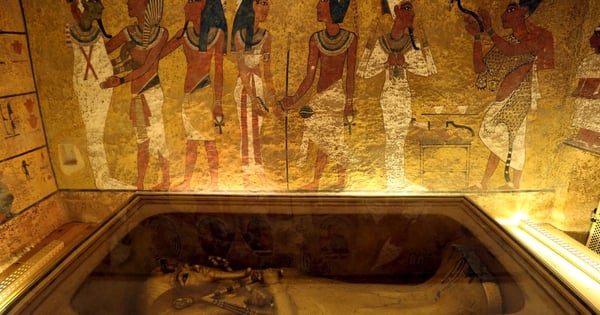





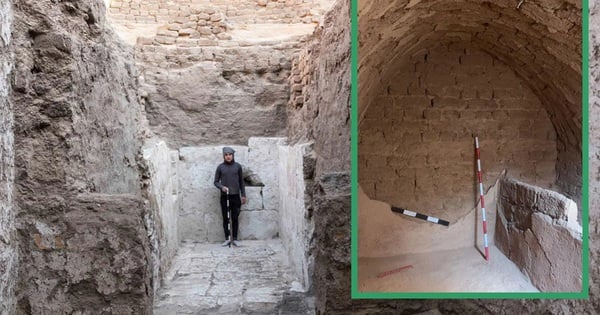

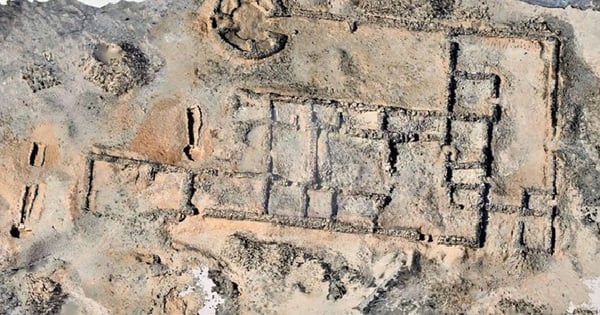

























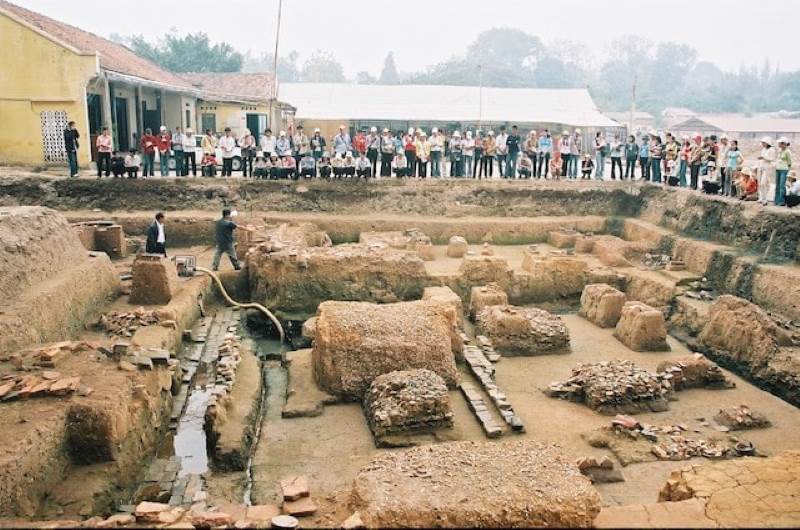



















































Comment (0)